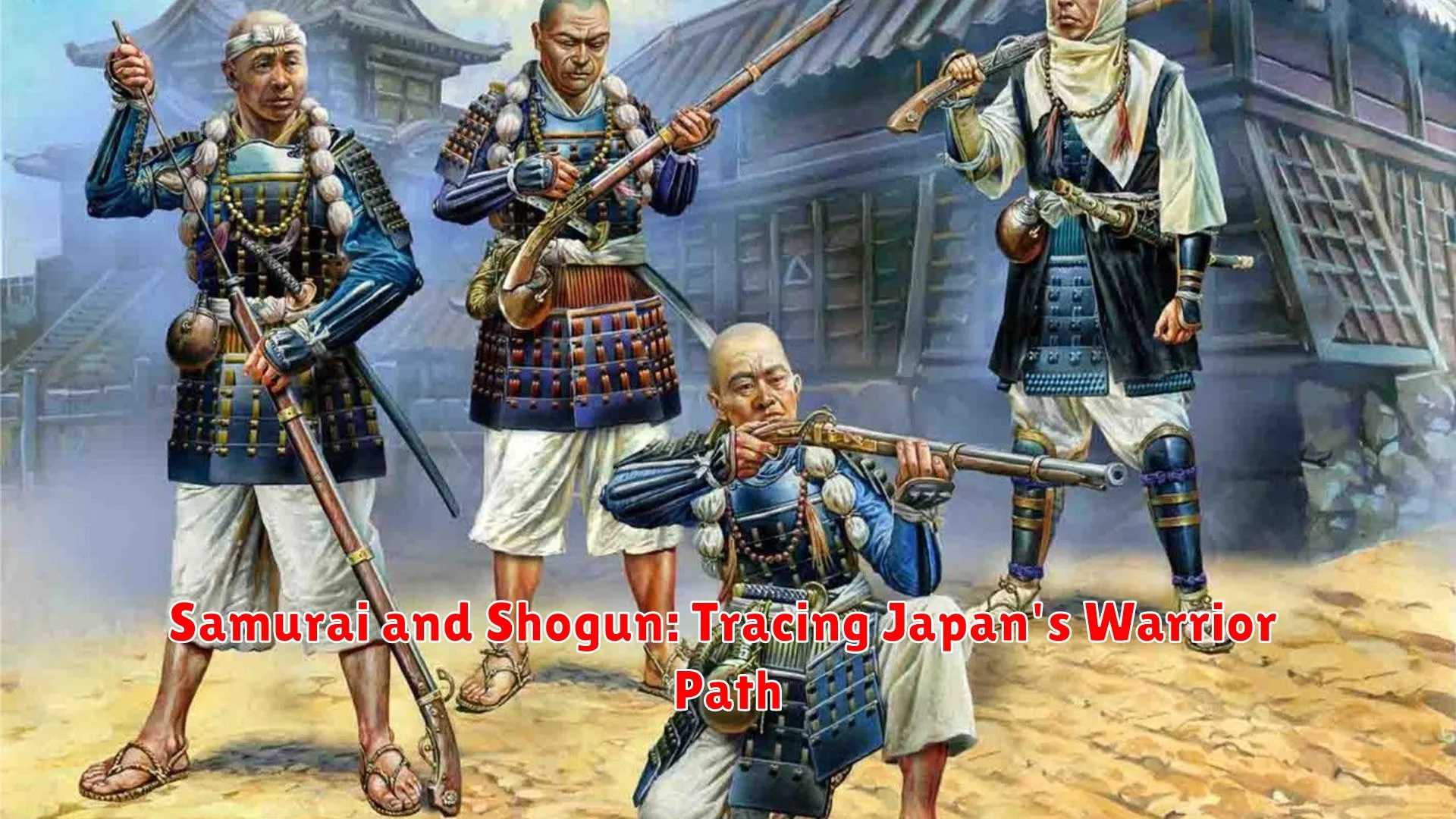Delve into the rich history of Japan’s ancient warriors in “Samurai and Shogun: Tracing Japan’s Warrior Path.” Discover the legendary tales and cultural significance behind these iconic figures that shaped Japan’s history.
The History of Samurai and Shogun in Japan
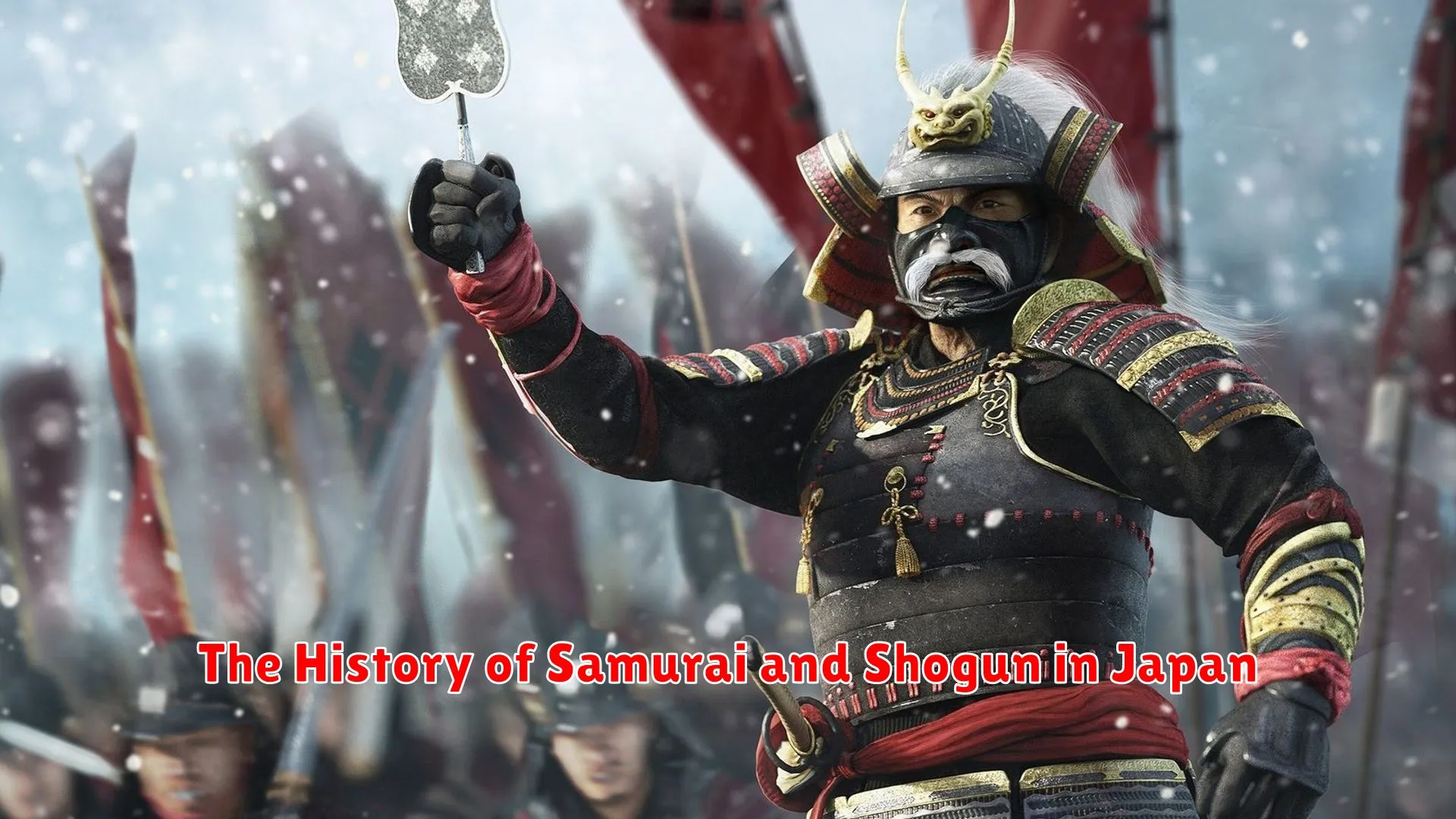
The history of Samurai and Shogun in Japan dates back to the early feudal period, around the 12th century. Samurai were skilled warriors who served feudal lords known as daimyo, adhering to a strict code of ethics known as Bushido. These noble warriors were trained in martial arts, swordsmanship, and strategy, embodying courage, honor, and loyalty.
The role of the Shogun, the supreme military leader in Japan, became prominent during the Kamakura period (1185-1333), establishing a powerful military government. The Shogun wielded great authority, overseeing the Samurai warriors and ensuring stability in the country through a strict hierarchy.
Over time, the Samurai class evolved from being purely warriors to also serving as bureaucrats and administrators. They played a crucial role in shaping Japan’s social structure and political landscape, contributing to the country’s cultural heritage and sense of discipline.
The fall of the Samurai and Shogun came with the Meiji Restoration in the late 19th century, marking the modernization of Japan. Despite their decline, the legacy of the Samurai and Shogun lives on in Japan’s rich history, influencing art, literature, and popular culture worldwide.
Visiting Historic Samurai Castles
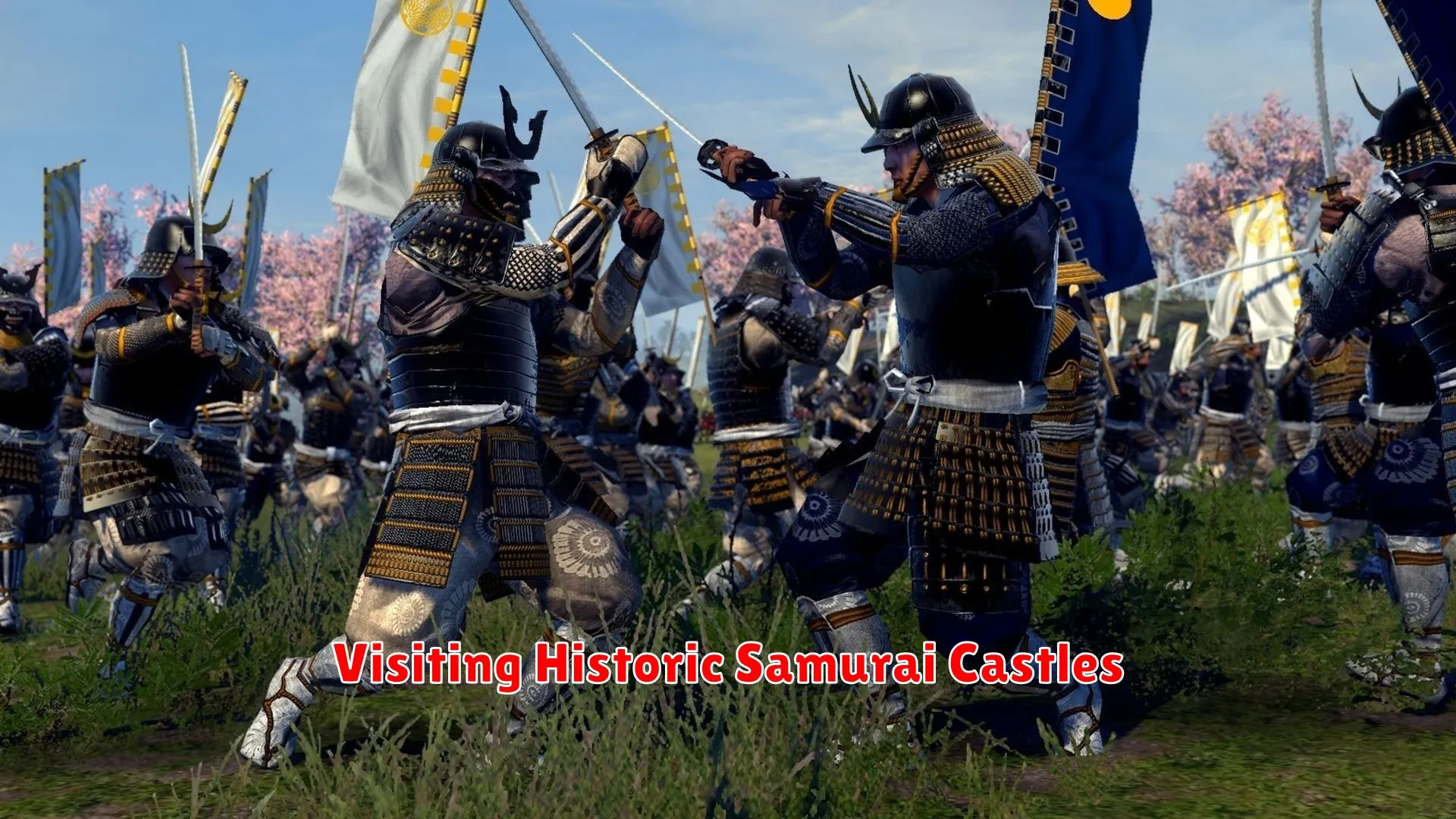
Visiting historic Samurai castles provides a fascinating glimpse into Japan’s warrior past, offering a window into the country’s rich history of feudal warfare and military traditions. These imposing structures served as essential strongholds for samurai lords and were strategically designed to defend against possible attacks.
When exploring these historic sites, visitors can witness the intricate architectural designs that reflect the defensive strategies employed during the feudal era. Many of these castles have been meticulously preserved, allowing travelers to immerse themselves in the atmosphere of ancient Japan.
Each castle carries a unique story and historical significance, showcasing the power and influence of the samurai class during feudal Japan. From the majestic Himeji Castle with its white facade symbolizing peace and purity to the mountain-capped Matsumoto Castle known for its “crow castle” design, each site offers a distinctive experience.
By stepping into these legendary castles, travelers can gain a deeper appreciation for the valor and honor that defined the samurai way of life. The echoes of past battles and the legacy of these noble warriors resonate through the stone walls, creating an unforgettable journey through Japan’s vibrant history.
The Way of the Warrior: Samurai Culture Today
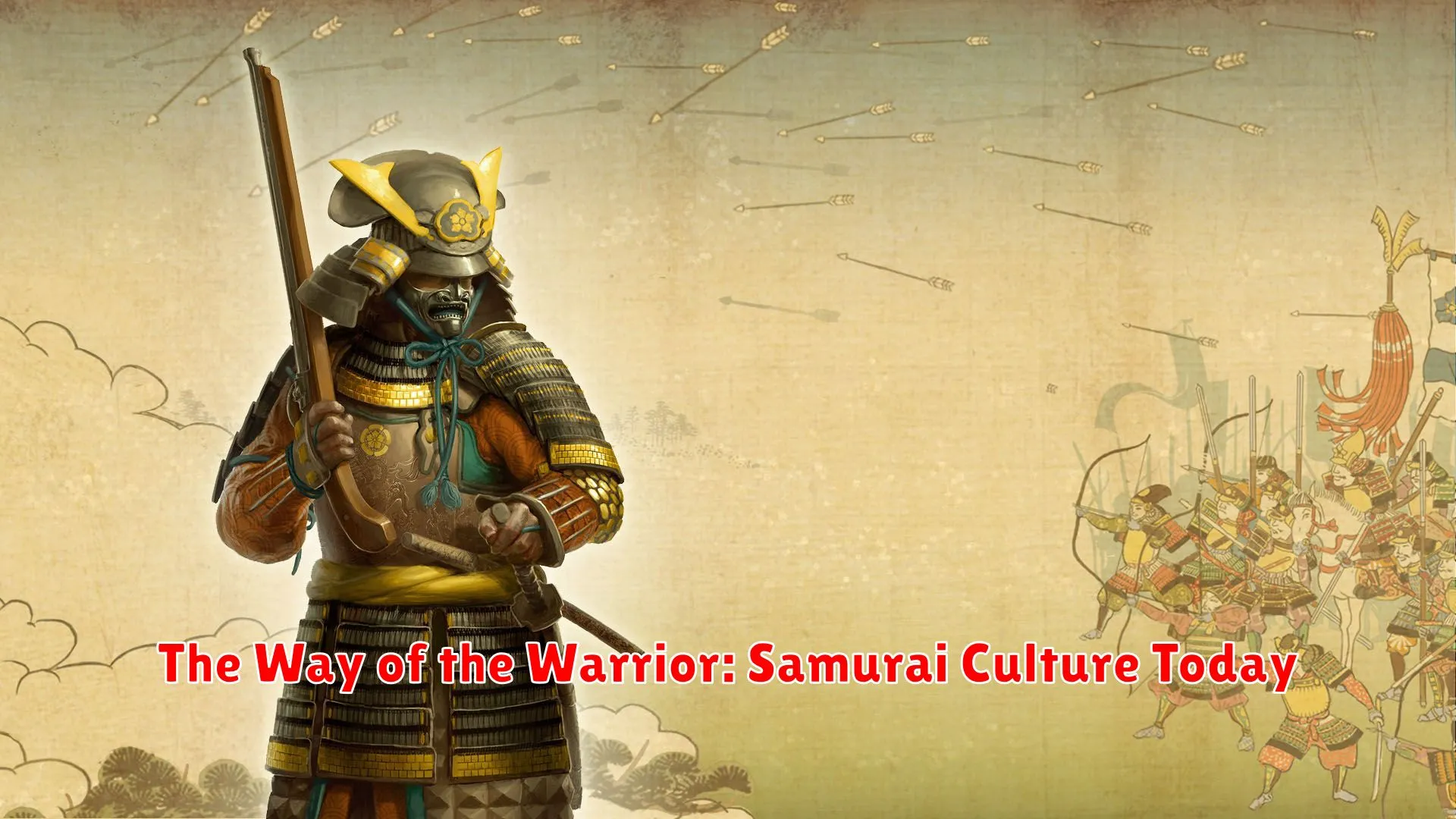
In modern Japan, traces of the Samurai spirit and ethos still persist, representing a fascinating blend of tradition and contemporary values. The legacy of the samurai continues to influence various aspects of Japanese society, from martial arts to business practices and even popular culture.
One significant way in which Samurai culture endures today is through the practice of martial arts such as Kendo, Iaido, and Judo. These disciplines not only uphold the physical skills of the samurai but also emphasize mental fortitude, discipline, and honor, which were core tenets of the samurai code.
Moreover, the bushido, the traditional code of conduct followed by samurai, still resonates in modern Japan. Concepts such as loyalty, integrity, and self-discipline remain vital in Japanese societal norms and ethical values.
Additionally, the influence of samurai values can be seen in contemporary Japanese business practices. The emphasis on loyalty to one’s company, respect for hierarchy, and dedication to excellence can be traced back to the samurai’s unwavering commitment to their lords and duties.
Furthermore, the depiction of samurai in film, literature, and art continues to captivate audiences worldwide, reflecting the enduring appeal of the warrior spirit. From classic samurai films to modern manga and anime, the legacy of the samurai lives on in popular culture.
Exploring the Shogun’s Tokyo
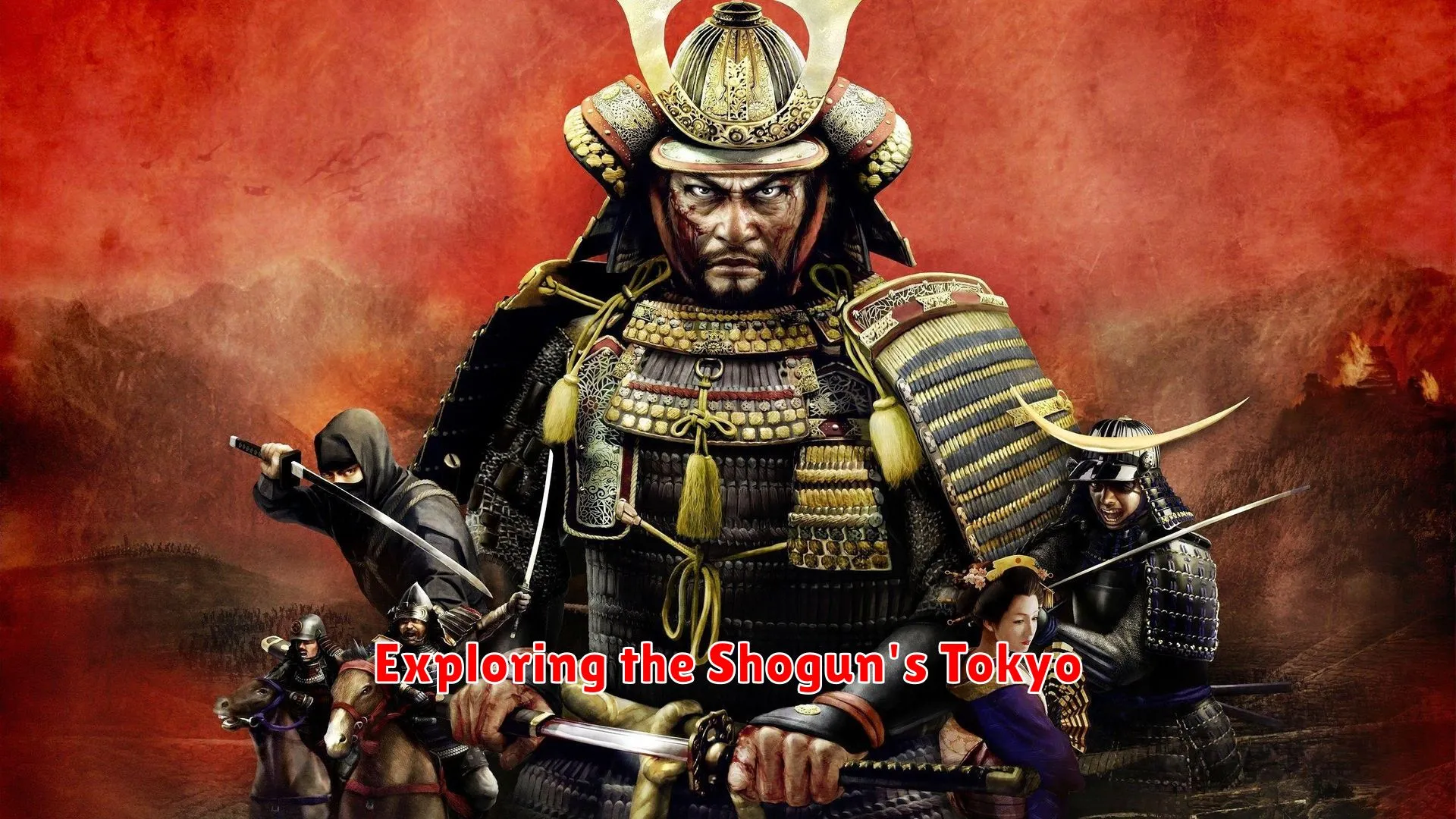
When delving into the world of samurai and shogun in Japan, one cannot ignore the historical significance of Tokyo, the bustling metropolis that was once known as Edo. As the seat of power for the shogunate during the Edo period, Tokyo offers a rich tapestry of sites and experiences that provide a glimpse into the warrior path of Japan’s past.
Begin your exploration by visiting the majestic Tokyo Imperial Palace, which was once the residence of the Tokugawa shoguns. Wander through the expansive grounds and marvel at the traditional architecture that harkens back to the era of the samurai.
For a deeper dive into samurai culture, a trip to the Samurai Museum in Shinjuku is a must. Here, you can view an impressive collection of artifacts, including armor, swords, and historical documents, that offer insights into the lives of these legendary warriors.
As you navigate the streets of modern Tokyo, keep an eye out for traces of its samurai and shogun past. From traditional ryokans with centuries-old histories to ancient temples and shrines that once served as gathering places for warriors, the city is a treasure trove of hidden gems waiting to be discovered.
Exploring the Shogun’s Tokyo is not just a journey through history; it is an immersive experience that allows you to connect with Japan’s rich cultural heritage and gain a deeper appreciation for the enduring legacy of the samurai and shogun.
Samurai Training Experiences for Tourists
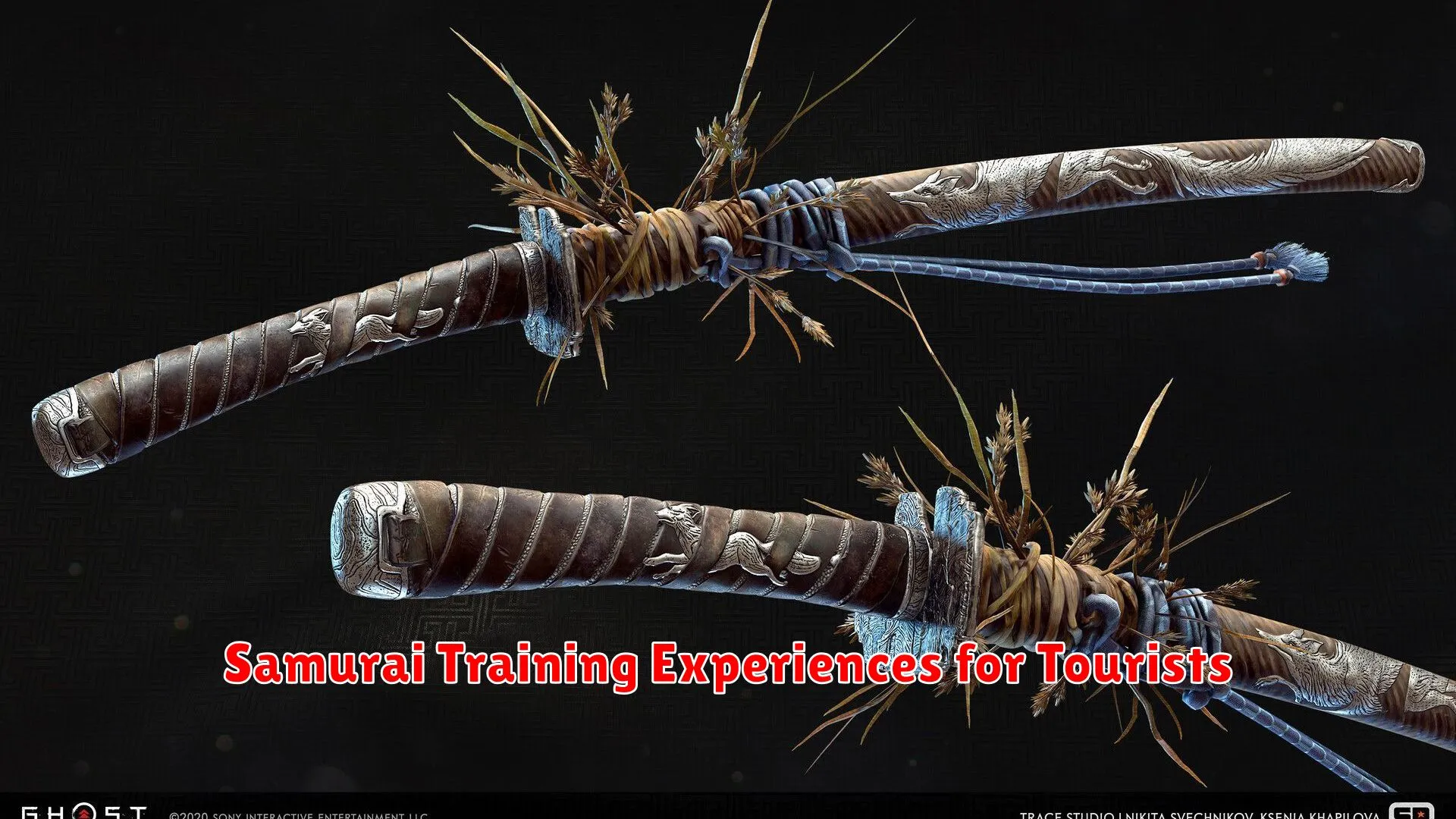
Exploring the historical roots of Japan’s warrior culture can be a fascinating experience for tourists seeking to delve into the world of samurai and shogun. One of the unique ways to immerse oneself in this rich tradition is through participating in samurai training experiences.
These training sessions often take place in dedicated dojos or traditional Japanese settings, where visitors can learn and practice various martial arts techniques that were once mastered by samurai warriors. This hands-on approach allows tourists to gain a deeper appreciation for the discipline and skill required to wield a katana or engage in swordsmanship.
Participants are guided by experienced instructors who provide insights into the philosophy and code of conduct followed by samurai warriors. Through engaging in physical exercises and combat simulations, tourists can get a glimpse into the rigorous training regimen that shaped these legendary warriors.
Moreover, these samurai training experiences often incorporate elements of Japanese etiquette, tea ceremonies, and historical storytelling to offer a comprehensive understanding of the samurai way of life. By donning traditional attire and using authentic weapons, visitors can step back in time and feel the essence of being a samurai for a day.
Overall, engaging in samurai training experiences not only provides tourists with a memorable and educational journey into Japan’s warrior past but also fosters a deeper connection to the cultural heritage and values that continue to resonate in modern Japan.
Conclusion
In conclusion, the legacy of samurai and shogun in Japan’s history continues to shape its cultural identity, demonstrating a complex interplay of honor, loyalty, and warfare.
